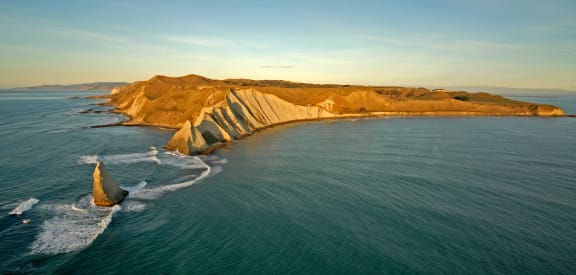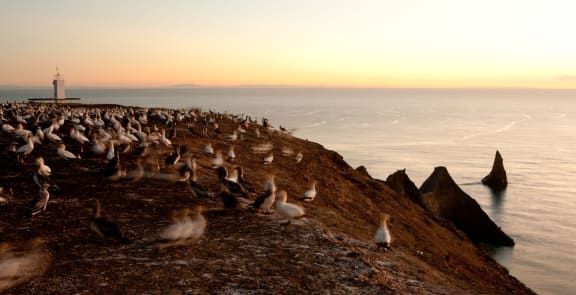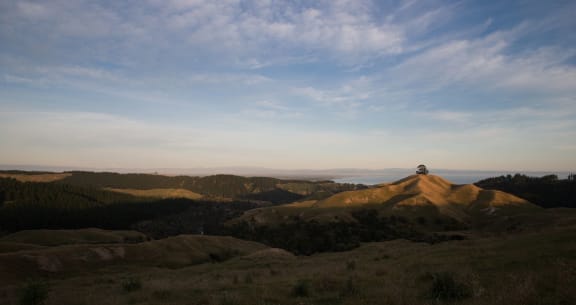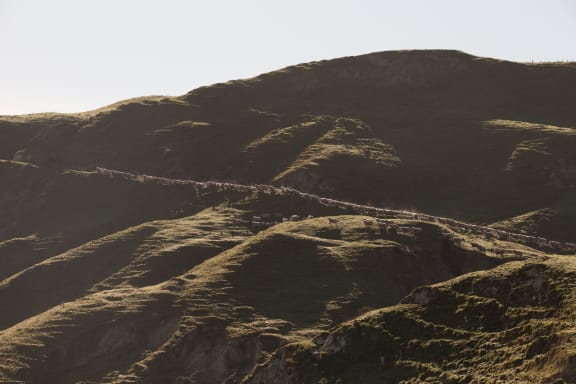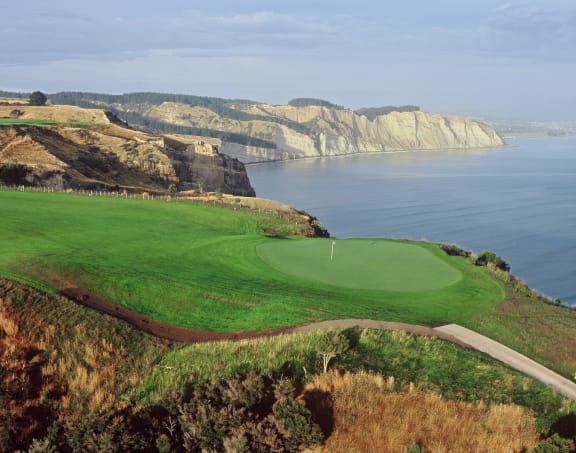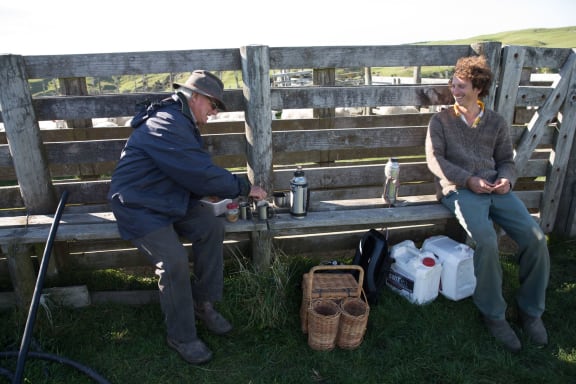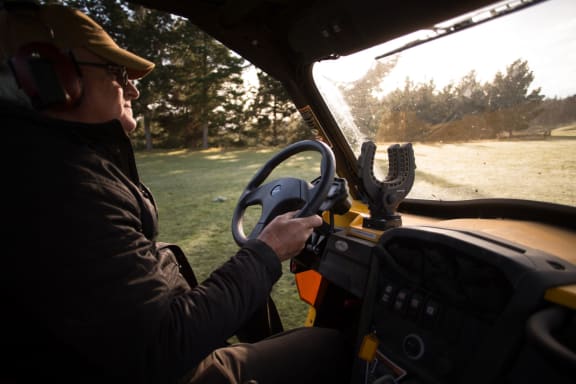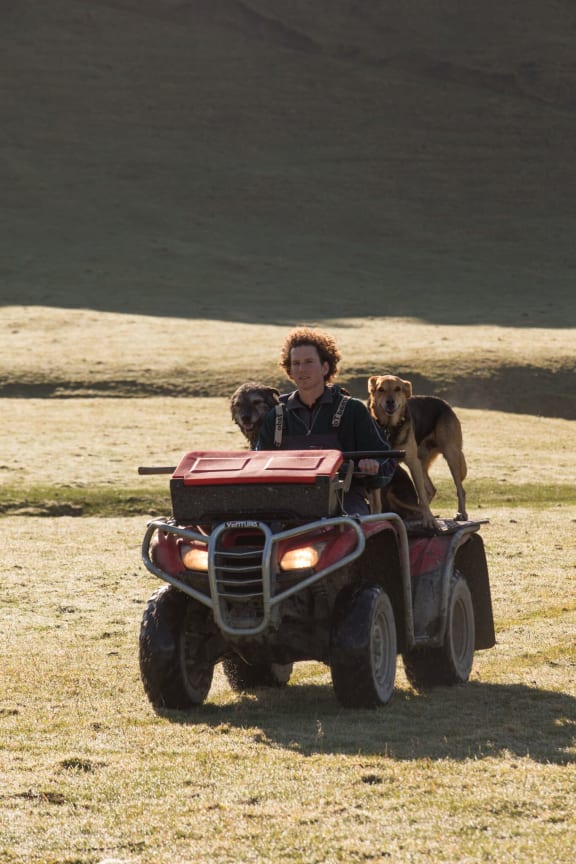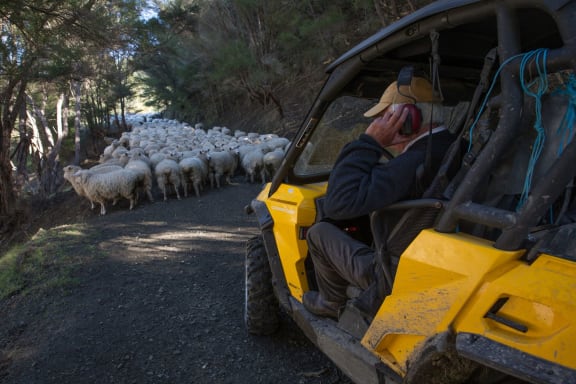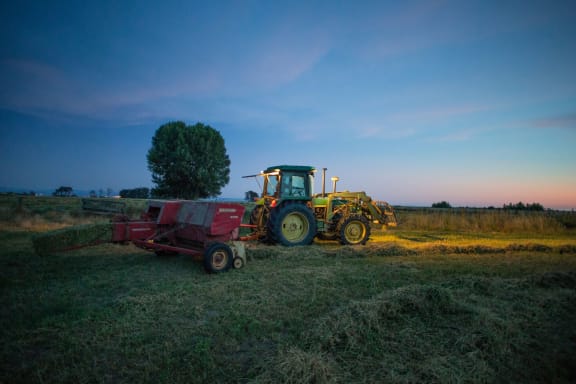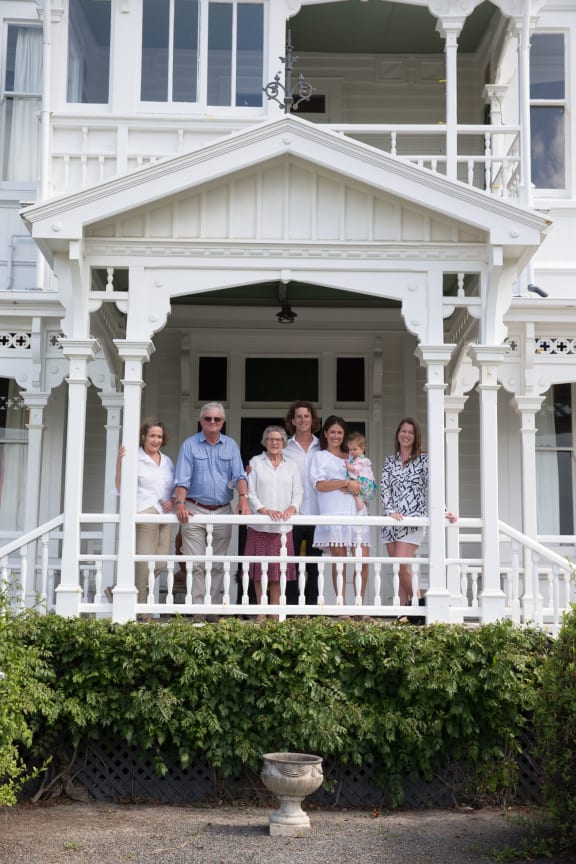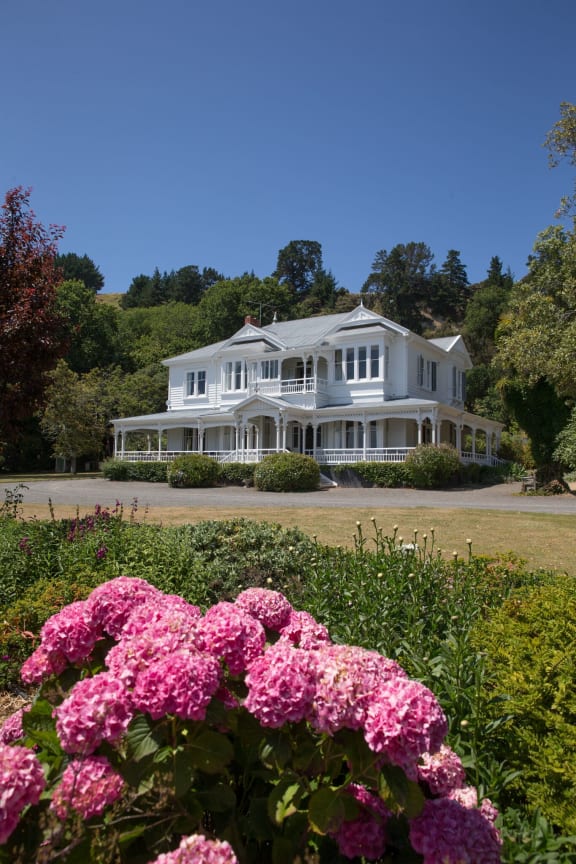Clifton Station in Cape Kidnappers is where the Gordon family has farmed for seven generations.
It was in 1861 when James Gillespie Gordon first set eyes on the land that would become the family home. Two years later he returned from his native Scotland with sons William and Thomas. 153 years later the Gordon family are still at Clifton Station.
A new book called Cape Country has just been published on the family and the history of the area. It’s written by Jenny Carlyon, formerly Jenny Gordon, and Diana Morrow. Jenny grew up at Clifton Station along with her brother Angus, its current owner. Both are descendants of James Gillespie Gordon.
Read an edited excerpt from the interview below:
What brought your ancestor James Gillespie Gordon to New Zealand in the first place? To some extent he was running from trouble.
Jenny - He sort of was and he sort of wasn’t. He had been in India and his life had been in India and he retired and went back to Scotland. He was Scottish and he was about 60 when he went back to Scotland, but then in 1857 you had the mutiny and the collapse of the banks, so he lost most of his money and had to start again.
It seems extraordinary, doesn’t it, that somebody of that age could then jump in a boat and didn’t know anything about farming and come all the way to New Zealand to buy a farm. He had to buy his two sons out of the army and they both came at different times to join him and run the farm. So really he had to start life anew, after thinking that he had retired peacefully in Scotland.
So James comes here on his own, how did the process start?
Jenny - He bought it bit by bit. Some of it was lease hold, some of it was owned by the Rhodes brothers, who had bought up huge tracks of land, some of it was freehold, a lot of it was lease hold, because of course after the Treaty, the Māori were supposed to sell to the government. But the Rhodes had lots of land and bit by bit James Gillespie bought up land over about three years until he got to a total of about 13,000 acres, which included the whole of the Cape and going the other way towards what is now Te Awanga village.
The two boys weren’t necessarily that enamoured initially. It is Thomas’s new wife who finds a lot of challenge here and doesn’t want to stay. What was the story there?
Angus - Initially she rather liked it because they arrived in Napier and Napier was a thriving little town by then and there were lots of little hotels and it was the centre of social life in the Hawke’s Bay. When she moved out to Clifton there was a delightful house that James had built, which he floated ashore, built out of teak from India and it was a delightful house.
I think she initially loved it but there was an unfortunate period there where the Hauhau rebellion was gaining momentum and some Hauhau managed to get to Hawke’s Bay. Hawke’s Bay was actually very peaceful province up until then.
There were no buildings, Clifton was the only building between Clive and the Cape, so there was only one building and they saw these clouds of dust coming across the plains towards them and it was these Hauhau warriors dressed in full fighting regalia. The family was all at Clifton at the time. James, Thomas, Edward and the little children. Frank, my grandfather, was just a little baby.
So you can imagine how terrifying it was to have these warriors charging around the house and they eventually got off and shoved their way past the family and walked into the house and wondered around looking at everything, picking up knives and talking amongst themselves. Eventually James and Thomas pushed them out of the house and they left but they said they were going to return.
Janet had already been through the Indian mutiny just recently in 1857, so she was terrified by this whole experience.
So what happened, because there was a period when the farm was under management because they went back?
Jenny - Well they went back because Janet was terrified. They all went back and actually a friend of Thomas’s, Kendrick Hill took over and managed the farm for nearly 20 years. So it ran under management for that time until Frank came out. Frank came back in about 1884, he didn’t immediately take over the farm. He took it over about four years later when he was 23. So he was quite young when he took over this expansive, hard land.
Describe the homestead and what was involved in that.
Jenny - The homestead when that was built, it was very much like in India. It was low, it was a bungalow-type thing, it was one storey, with verandas, because obviously in India they had to have verandas because of the sun. And he bought all of this furniture back, which is still there actually, but that particular homestead burnt down in 1899 and a new one has since been built. A big, two-storey Edwardian homestead.
